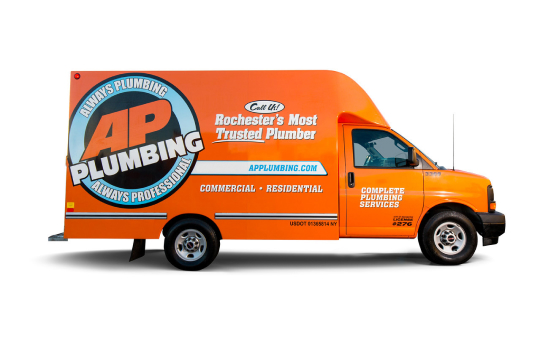You count on your water pipes to supply your home with fresh water daily. However, when winter rolls around and outdoor temperatures plummet, these pipes quickly become susceptible to freezing.
Frozen pipes are no laughing matter, as they can end up bursting when left alone for too long. When a pipe bursts, this can lead to serious water damage in your home. In fact, burst pipes account for many homeowners insurance claims during the coldest months of the year.
Now, you’re probably wondering what to do when pipes freeze. The good news is that there are various steps you can take to quickly address the problem and potentially minimize the damage caused to your property.
Without wasting too much time, let’s dive into what to do if the pipes are frozen in your home.
How to Know Your Pipes Are Frozen
As a homeowner, there are measures you can take to prevent frozen pipes. Unfortunately, pipes can freeze when you least expect them to — disrupting your plans and catching you off guard. This can happen when temperatures drop below freezing at night, which is most likely a time when you’re fast asleep.
Before we discuss what to do if the pipes are frozen in your home, it can be helpful to know how to identify this problem when it’s happening. After all, it’s not always obvious that your pipes have developed a layer of ice, as these pipes are tucked inside your walls.
Use this guide to learn about the most common signs of frozen pipes:
What to Do if the Pipes Are Frozen in Your Home
As a homeowner, you want your living spaces to feel as safe and comfortable as possible. When something threatens to disrupt that sense of safety, such as a frozen pipe, it can be easy to panic. Instead of giving in to the stress, it’s important to take a few deep breaths and tackle the situation with an efficient, concrete plan.
Although you might not know what to do when pipes freeze, we’re here to help you learn. We’ll go over a step-by-step process for getting the situation under control.
Shut Off Your Water Supply
When learning what to do when the pipes are frozen in your home, it’s important to start with one of the most important steps: turning off the water. You’ll want to locate your main water supply and close the shut-off valve.
It’s no secret that frozen pipes can crack and leak, resulting in catastrophic water damage. The best way to prevent this dripping, pooling, and gushing water is to turn off the water supply to your home altogether.
Locate the Frozen Pipe
If you don’t know what to do when pipes freeze, you might find that your thoughts are spiraling all over the place. Instead of working yourself into a panic, you’ll want to perform a careful inspection of your home to locate the pipe that has frozen over.
It can be helpful to start your search in the parts of your home that get extremely cold. Think crawl spaces, basements, and any place where there might be water pipes running along exterior walls. While performing your inspection, be on the lookout for pipes that appear misshapen or covered in frost.
Inspect the Pipe for Leaks
If you’ve managed to locate the frozen pipe, you’ll want to thoroughly check for potential leaks. Even the smallest cracks or spots of damage can result in water leaks, so it’s important to be meticulous during your inspection.
Call a Plumber for Help
When dealing with a frozen pipe, you should never hesitate to call a professional plumber for assistance. You can rest assured knowing that a trained and experienced technician will know what to do if the pipes are frozen in your home. If there are cracks in the pipe, the expert will provide a repair to prevent further damage.
While you’re waiting for your plumber to arrive, you can attempt to thaw the frozen pipe with DIY methods. For example, you can apply heat tape or a heating pad to the affected portion of the pipe to help remove some of the ice. However, you should never try to thaw a pipe with an open flame or flammable materials on your water lines, as this can be dangerous.
Avoid a Winter Plumbing Disaster With AP Plumbing!
There are many precautions you can take to prevent pipes from freezing. Unfortunately, unforeseen circumstances can still lead to your water lines developing a layer of frost, which may put your family’s safety and comfort to a screeching halt.
Hopefully, you now have an understanding of what to do when pipes freeze. There are various steps you can take to thaw a frozen pipe, but you should also know how to shut off your water supply and inspect your water lines for signs of trouble.
If you think there’s a frozen pipe in your home, call AP Plumbing for help. Our plumbing experts specialize in everything from frozen pipe services to drain cleaning in Rochester, NY, and the surrounding areas. Whether you’re dealing with low water pressure or leaking water, our team is dedicated to providing our customers with top-notch customer service.
Don’t wait until the problem worsens. Contact us today for an emergency plumbing repair near Syracuse, NY!






